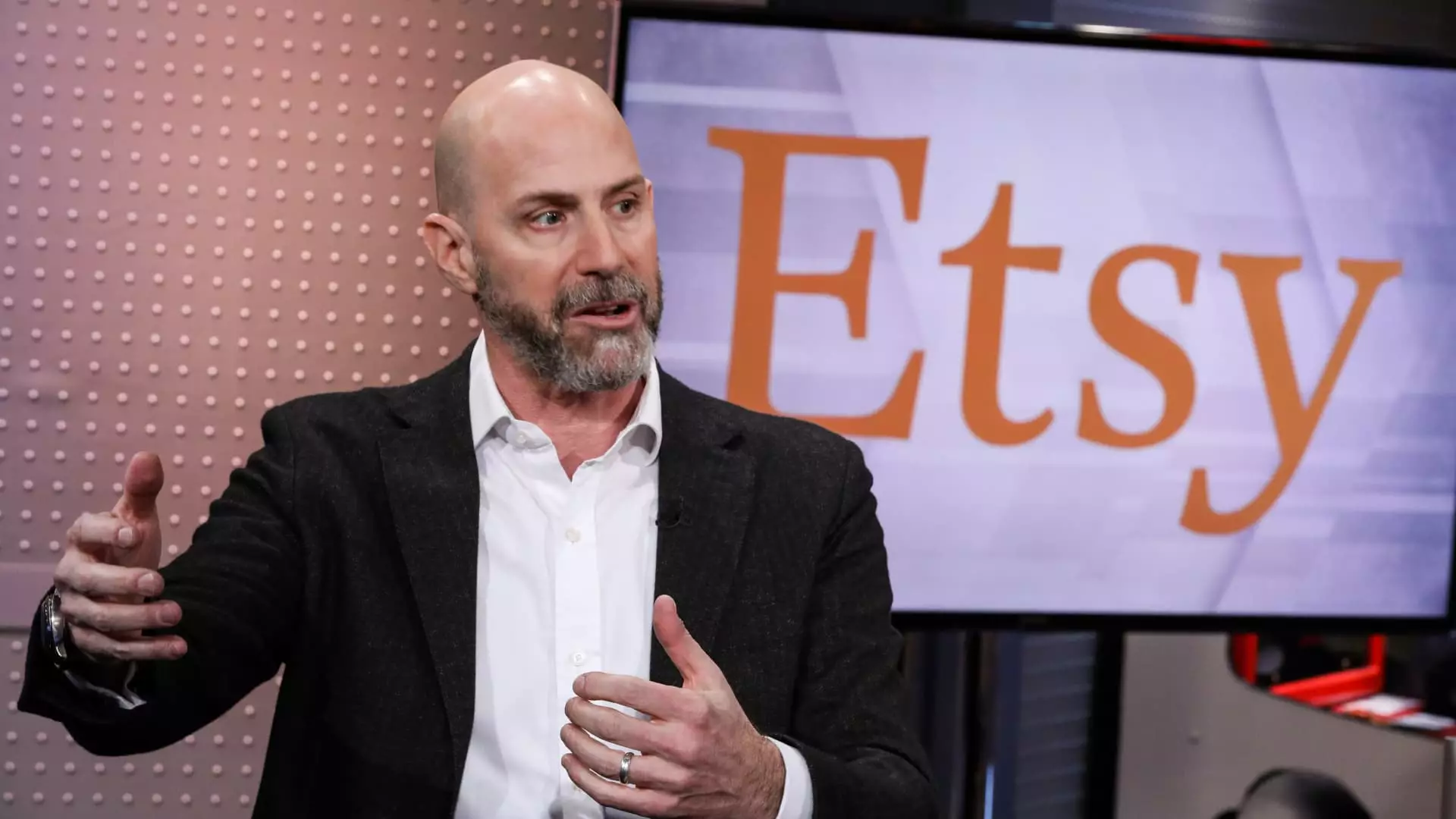Etsy, the online marketplace that was once a haven for artisans and craft makers, has been experiencing a shift towards mass-produced, generic items in recent years. This influx of resellers has prompted Etsy’s CEO, Josh Silverman, to take action in an effort to return the platform to its roots. A major overhaul of the site’s policies is set to launch, aimed at clarifying to shoppers what types of products belong on Etsy. The changes include new labeling on the website and app to highlight how each seller created a specific item. The focus is on promoting original goods and real people, in line with the company’s mission to “keep commerce human.”
Revised Guidelines and Categories
The updated rules on Etsy now require all items to incorporate “a human touch” as per its creativity standards. Sellers must ensure that each product falls into one of four categories: made by a seller (either by hand or using automated tools), designed by a seller, handpicked by a seller, or sourced by a seller. These refined guidelines aim to reinforce the authenticity and craftsmanship of products available on the platform, distinguishing them from mass-produced alternatives flooding the e-commerce market.
Despite its initial success as a niche marketplace, Etsy has encountered difficulties navigating the changing dynamics of the e-commerce landscape. In its most recent quarter, gross merchandise sales experienced a decline, reflecting the impact of increased competition from major players like Amazon. The stock value of Etsy has also seen a substantial decrease, prompting the company to make strategic decisions, such as laying off a portion of its workforce. The pressure from activist investors, notably Elliott Management, has further influenced Etsy’s strategic direction, leading to a reevaluation of its business model.
Balancing Growth and Authenticity
Etsy’s journey as a publicly traded company has been characterized by a tension between shareholder demands for growth and the preservation of its socially conscious culture. The company’s response to the surge in demand during the COVID-19 pandemic highlighted its ability to adapt, yet also raised questions about maintaining its identity as a platform for unique, handcrafted goods. The introduction of production partners in 2013 signaled a shift towards scalability, allowing sellers to leverage external resources to meet demand. While this move was welcomed by some sellers as a means of streamlining operations, others expressed concerns about diluting the handmade experience that defined Etsy’s brand.
The rise of competitors like Temu and Shein, offering cheap and fast delivery of goods, poses a significant challenge for Etsy and its community of sellers. The pressure to meet consumer expectations for convenience and affordability while upholding the values of authenticity and craftsmanship creates a delicate balance. Etsy’s emphasis on human touch and creativity sets it apart from the commoditized approach adopted by larger e-commerce platforms. By staying true to its core principles, Etsy aims to differentiate itself in a crowded marketplace and appeal to buyers seeking a more personal and meaningful shopping experience.
The evolution of Etsy reflects the broader trends shaping the e-commerce industry, where the demand for unique, handmade products coexists with the drive for efficiency and scalability. By refocusing on its founding principles and redefining its policies, Etsy seeks to reaffirm its position as a platform that celebrates creativity, individuality, and human connection. As the company navigates the complexities of a rapidly changing market, its commitment to keeping commerce human remains at the heart of its mission.

